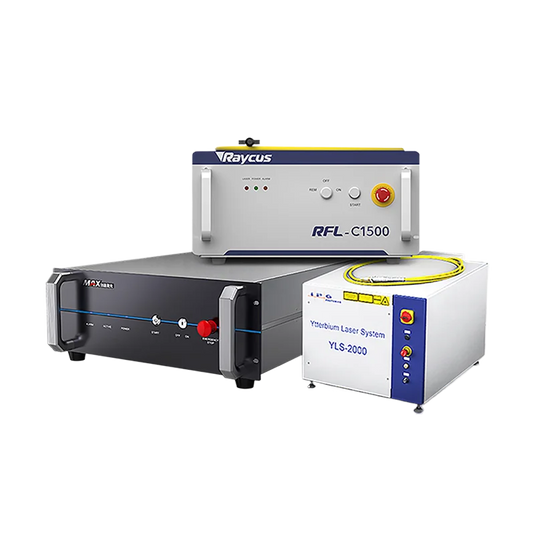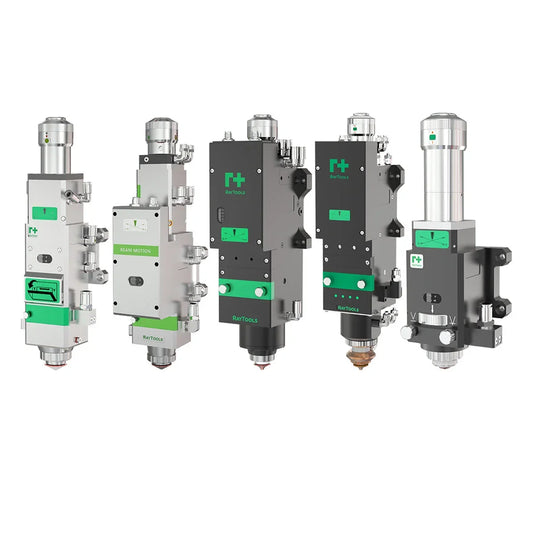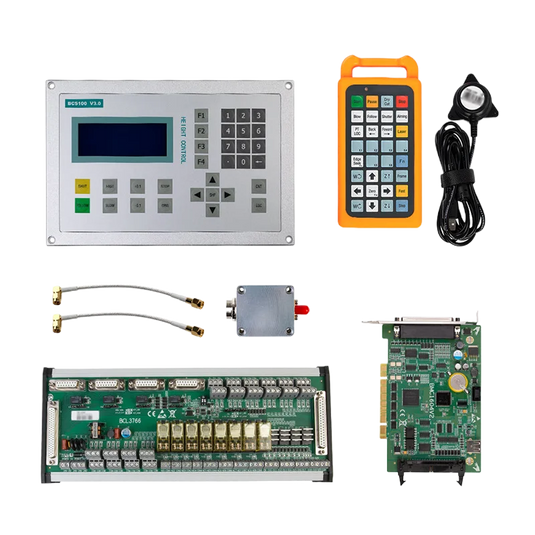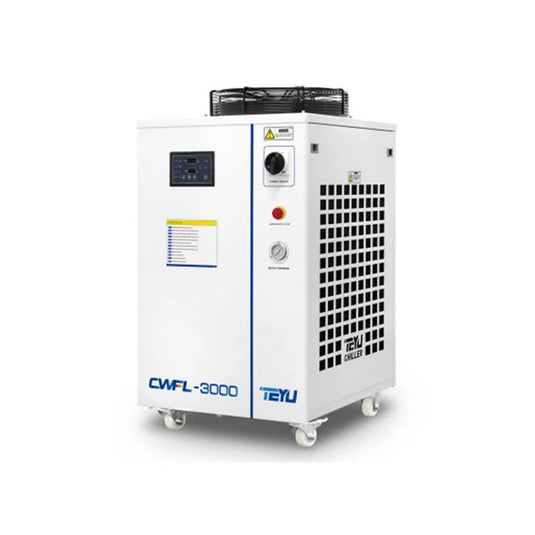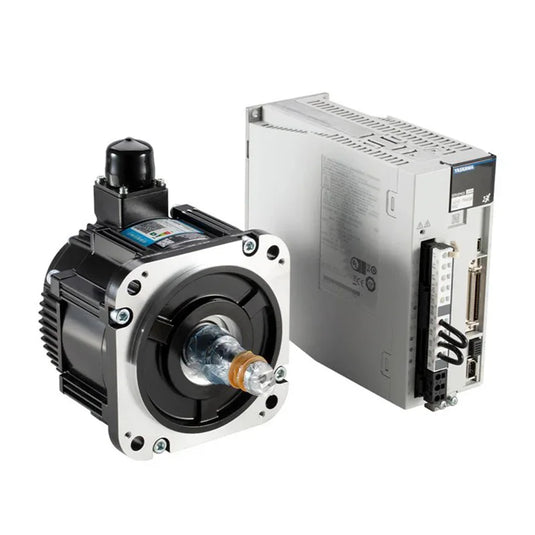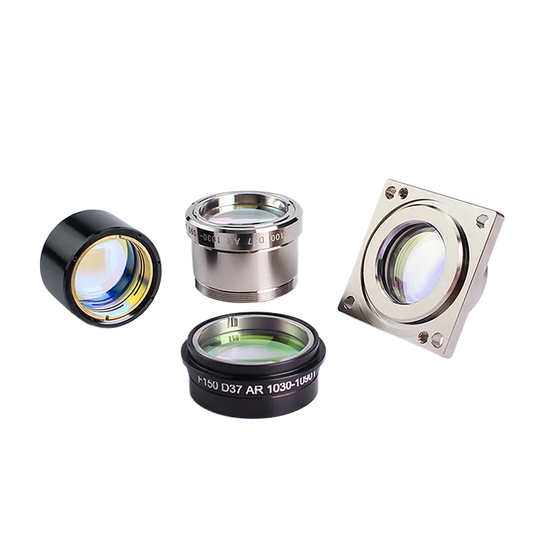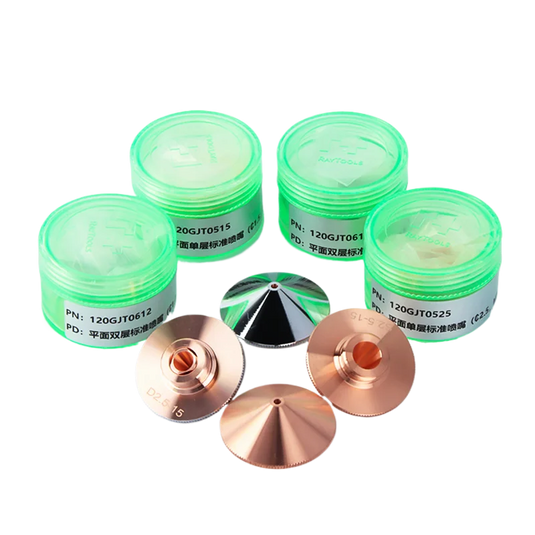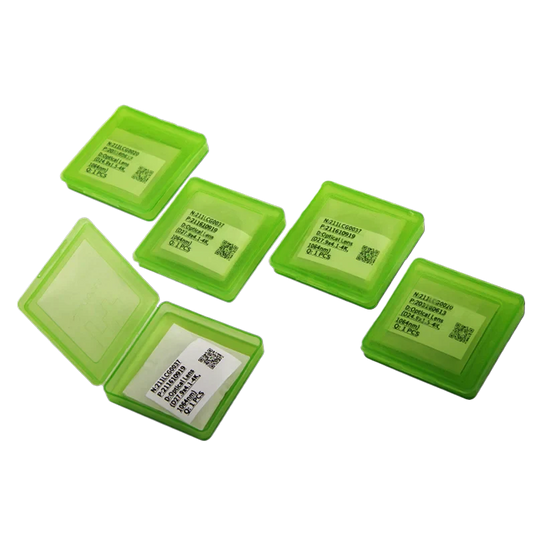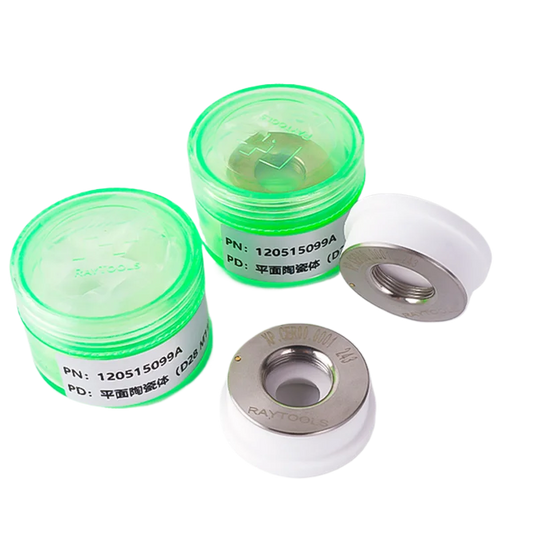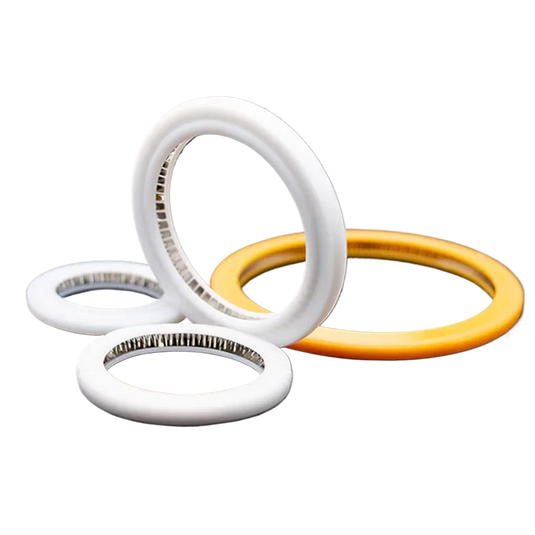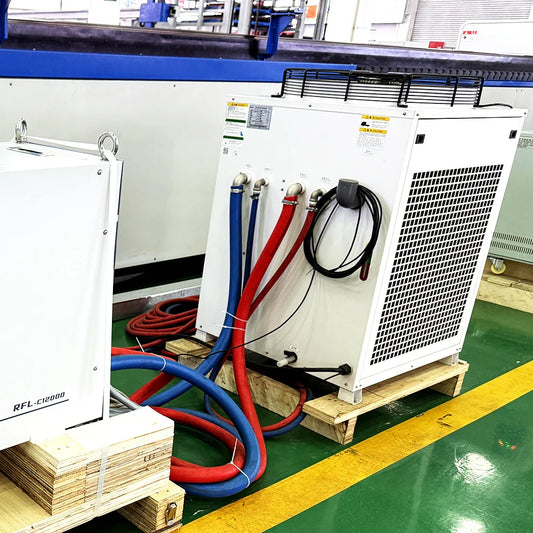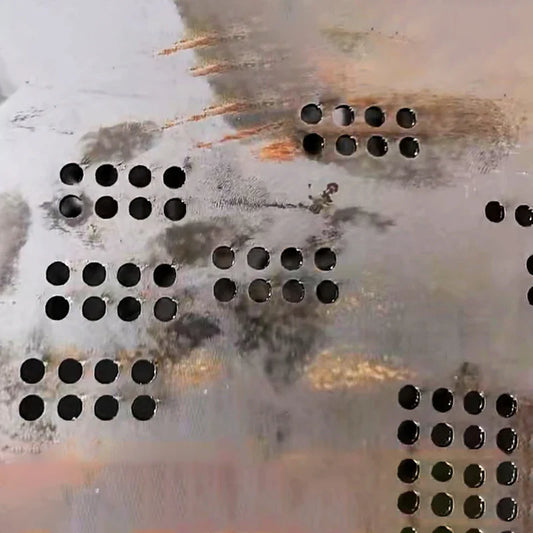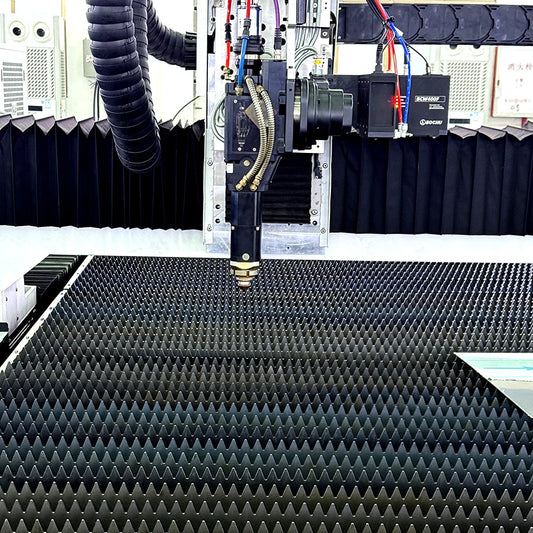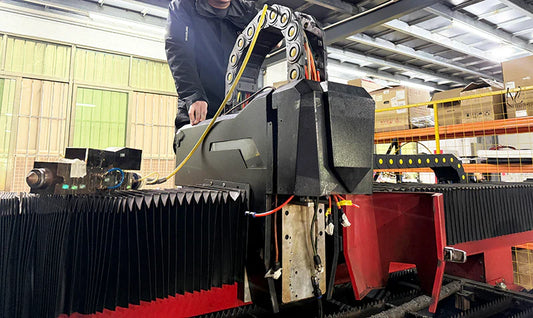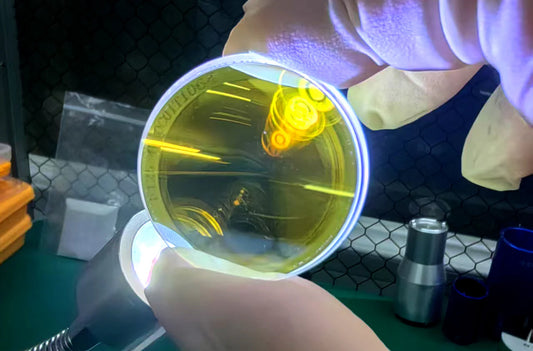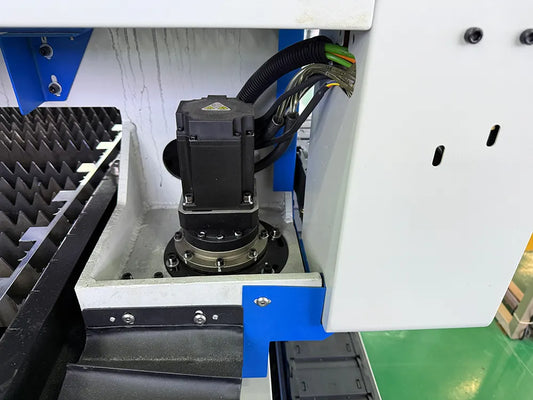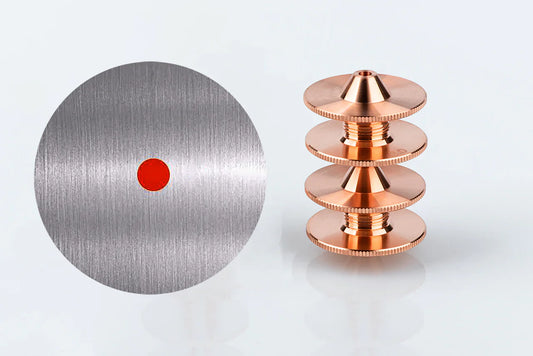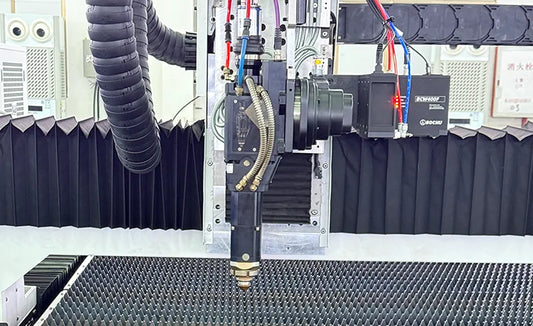Laser Cleaning vs Sandblasting: Which Surface Cleaning Method Is Best in 2025
Comparing Laser Cleaning and Sandblasting in 2025

Explore which surface cleaning method suits your needs best in 2025.
|
Features |
Laser Cleaning |
Sandblasting |
|---|---|---|
|
Cleaning Precision |
Micron-level accuracy, no surface damage |
Less precise, may scratch surfaces |
|
Processing Speed |
Up to 8 m²/min, very fast |
Slower, better for large areas |
|
Substrate Impact |
Non-contact, preserves material strength |
Abrasive, can reduce metal life |
|
Waste Generation |
Minimal waste, easy to filter |
High dust and abrasive waste |
|
Safety |
Less dust, safer air quality |
High dust, requires full protective gear |
|
Environmental Impact |
Low carbon footprint, no water use |
Higher energy, water and microplastics risk |
|
Cost |
High initial, low operational costs |
Lower startup, higher maintenance costs |
|
Material Compatibility |
Works on delicate and varied materials |
Best for hard, durable surfaces |
|
Automation Potential |
Easily automated with robots |
Mostly manual, labor intensive |
|
Surface Finish Quality |
Clean, ready for recoating |
May need extra surface treatment |
If you want the best surface cleaning in 2025, you will probably pick laser cleaning. Experts give many reasons for this:
- Laser cleaning is very exact. You can clean soft surfaces without making scratches or harm.
- The process is good for the environment. You do not use chemicals and there is less dust at work.
- It is safer to use. Laser cleaning does not make bad particles in the air like sandblasting does.
- You save money over time. Laser cleaning costs less to keep up and use.
Laser cleaning and sandblasting both have special benefits. You should look at how well they work, how safe they are, how they affect the environment, what they cost, and how they work with different materials.
Key Takeaways
- Laser cleaning gives careful cleaning. It keeps delicate surfaces safe from scratches or harm.
- Laser cleaning is safer and cleaner. It makes less dust and waste. This is better for workers and the environment.
- Sandblasting is faster on big and tough surfaces. But it can wear down surfaces and makes more dust and waste.
- Laser cleaning costs more at first. But it saves money later with less upkeep and fewer materials.
- Use laser cleaning for delicate, detailed, or green jobs. Use sandblasting for big, rough, or quick cleaning work.
Laser Cleaning
How It Works
Laser cleaning takes off unwanted layers from surfaces very carefully. It uses strong laser beams that hit the surface and break the bond between the dirt and the material below. The laser makes things like rust, paint, or dirt melt, turn into gas, or break into tiny bits. You do not have to touch the surface, so it does not get scratched or damaged.
The laser sends quick, powerful bursts to the spot you want to clean. These bursts can shake, melt, or turn the dirt into gas. Sometimes, the laser makes a small shock wave that helps lift the dirt away. You can change the laser’s power and speed to fit the material and how thick the layer is. This way of cleaning is very tidy and does not use chemicals or make much dust.
There are a few ways to use laser cleaning:
- Dry cleaning is good for taking off rust or paint from metal.
- Wet cleaning uses a liquid to help clean soft things, like old statues.
- Inert gas-assisted cleaning keeps new dirt from sticking, which is important in aerospace.
- Some ways mix lasers with safe chemicals for special cleaning jobs.
Main Applications

Laser cleaning is used in many jobs because it is safe, quick, and gentle on surfaces. Here are some ways people use it:
-
You can take off rust and oxides from metal parts in factories and repair shops.
-
You can remove paint, coatings, or grease from car parts, engines, and tools.
-
You can clean molds in rubber and plastic factories to keep products good.
-
You can get surfaces ready for welding or clean up after welding by taking off burn marks and leftovers.
-
You can keep pipelines working by taking off rust and grease, which helps stop leaks.
-
You can fix up old buildings, statues, or art without hurting the real material.
-
You can clean sensitive electronics, like circuit boards, by taking off dust and old solder.
Tip: Laser cleaning is great when you need a careful, earth-friendly, and no-touch way to clean, especially when compared to rough methods like sandblasting.
Sandblasting

How It Works
Sandblasting cleans surfaces by shooting small rough pieces very fast. It uses strong air or a vacuum to push the abrasive through a nozzle. When these pieces hit the surface, they knock off rust, paint, or dirt. There are different systems like pressure pot, siphon feed, and direct pressure. Each system changes how the abrasive moves and how fast it goes.
You can change the blasting pressure, the kind of abrasive, and the nozzle angle. These choices change how well you clean and the look you get. If you use more pressure or rougher abrasive, you can remove hard coatings faster. Wet sandblasting mixes water with the abrasive. This helps lower dust and makes the finish smoother.
Note: Sandblasting is good for big areas and tough jobs. You can use it on metal, concrete, and wood.
Main Applications
Sandblasting is used in many jobs because it is quick and works well for big cleaning. Here are some ways people use it:
- You can clean metal, take off old paint, and get concrete ready for coating.
- In car work, sandblasting removes paint, rust, and cleans engine parts.
- Shipyards use sandblasting to clean ship hulls and do repairs.
- Oil and gas workers use it to clean and fix pipelines.
- Metal shops use sandblasting to get parts ready for painting or coating.
- Builders use it on concrete and metal, especially in big projects.
- Aerospace companies use careful sandblasting to meet safety rules for plane parts.
- Artists and builders use sandblasting to make designs on metal, signs, and sculptures.
Sandblasting also helps fix old buildings, clean train cars, and get surfaces ready for coatings. Many companies now use machines for sandblasting to work faster and better, especially in shipyards and big factories.
Sandblasting is a strong way to clean, fix, and get surfaces ready, especially when you need to do big areas fast and well.
Key Differences
Effectiveness
You want a cleaning method that works well and keeps things safe. Here is a table that shows how laser cleaning and sandblasting are different:
|
Measurable Outcome |
Laser Cleaning |
Sandblasting |
|---|---|---|
|
Precision |
Less precise, can damage surfaces |
|
|
Processing Speed |
Up to 30,000 mm/s; 0.08–8 m²/min |
Slower, can take hours for similar area |
|
Substrate Impact |
Non-contact, preserves material strength |
Abrasive, can reduce metal fatigue life |
|
Waste Generation |
Minimal, easy to filter |
Lots of dust and abrasive waste |
|
Downtime |
Less, no drying steps needed |
More, extra cleanup required |
|
Surface Quality |
Clean, ready for recoating |
May need extra treatment after cleaning |
Laser cleaning is very exact and does not touch the surface. You can clean small or detailed parts without worry. Sandblasting is good for big, tough jobs but can scratch or wear down the surface. Sometimes you need to fix the surface after sandblasting.
Safety
Safety is important for everyone at work. Here are the main things to know:
- Sandblasting makes a lot of dust. Breathing this dust can hurt your lungs and cause diseases. Workers must wear full suits and special masks.
- Laser cleaning does not make much dust or flying bits. It uses filters to catch any fumes or tiny pieces.
- You still need to protect your eyes and skin from the laser. Training and safety gear are needed for both ways.
- OSHA says sandblasting is more risky for health. Laser cleaning is seen as safer and cleaner.
Tip: If you want less dust and fewer health risks, laser cleaning is the better choice.
Environmental Impact
You should think about how cleaning affects the earth. Here is a quick table to compare:
|
Aspect |
Laser Cleaning |
Sandblasting |
|---|---|---|
|
Waste Generation |
Near-zero waste; easy to filter |
Lots of solid waste and dust |
|
Water Usage |
No water needed |
May use water, creates wastewater |
|
Carbon Footprint |
Low, depends on electricity source |
Higher, uses more energy and resources |
|
Microplastics |
No risk |
Possible if using plastic abrasives |
Laser cleaning does not use water or chemicals. You make less waste and help keep air and water clean. Sandblasting can make piles of used grit, dirty water, and even microplastics if you use plastic. Sandblasting also uses more energy.
Cost
You want to know which way saves money. Here is a table to help you see the difference:
|
Cost Factor |
Laser Cleaning |
Sandblasting |
|---|---|---|
|
High ($5,000 to $200,000+) |
Lower upfront cost |
|
|
Operational Costs |
Low (minimal maintenance, low labor) |
High (buy abrasives, more labor) |
|
Maintenance |
Low (few part replacements) |
High (replace nozzles, hoses often) |
|
Labor |
Less (can automate, fewer workers) |
More (often needs a team) |
Laser cleaning costs more at first, but you spend less later. You do not need to buy sand or other grit, and you save on repairs and workers. Sandblasting is cheaper to start but costs more to keep using, especially for big jobs.
Material Compatibility

You need to pick the right cleaning way for your material. Here is what you should know:
- Laser cleaning works on many things. You can use it on metal, stone, glass, ceramics, plastics, and wood. It is gentle enough for art, electronics, or old buildings.
- Sandblasting is best for strong things like steel, concrete, or big machines. It can hurt soft or thin surfaces.
- Laser cleaning lets you change the settings for each job. You can clean without hurting the base, even on delicate or old items.
- Sandblasting is not good for fragile or heat-sensitive things. It can roughen or wear down the surface.
Note: If you need to clean something delicate or special, laser cleaning is safer. For big, tough jobs, sandblasting may be faster.
Pros and Cons
Laser Cleaning
You will find that Laser Cleaning offers many benefits for modern surface cleaning. Here are the main pros and cons:
Pros:
- You do not need chemicals or cleaning fluids, so you avoid pollution and help the environment.
- You can clean with high precision. The laser targets only the unwanted layer, even on detailed or hidden surfaces.
- The process does not touch the surface, so you avoid scratches or heat damage.
- You can use Laser Cleaning on many materials, such as metals, plastics, ceramics, and composites.
- You save money over time. The machine lasts long and needs little maintenance.
- You can automate the process with robots, which makes cleaning faster and more consistent.
Cons:
- The machine costs a lot at first. Small businesses may find this a challenge.
- You need to control the air, temperature, and humidity in your workspace for the best results.
- You must follow safety rules. The laser can hurt your eyes or skin if you do not use protective gear.
- Some materials, like those with high reflectivity, may not work well with this method.
- You need skilled workers to set up and control the laser settings.
Tip: Laser Cleaning works best when you need a gentle, precise, and eco-friendly solution.
Sandblasting
Sandblasting remains a popular choice for many cleaning jobs. Here are its main pros and cons:
Pros:
- You can remove paint, rust, and dirt from almost any surface, even in hard-to-reach spots.
- The process prepares surfaces well for painting or coating by making them rougher.
- You can use different types of abrasive media for different jobs.
- Sandblasting works on both large and small parts, from ships to electronics.
- The equipment and materials usually cost less than other methods.
- You can reuse some abrasive media, which saves money.
Cons:
- The process makes a lot of dust and noise, so you need strong safety gear.
- Some abrasives can harm your health if you breathe in the dust.
- Cleaning up after sandblasting takes time, as grit can get stuck in small spaces.
- The equipment wears out quickly, so you need to replace parts often.
- Thin or delicate parts can warp or get damaged from the blasting force.
Note: Sandblasting is a strong and fast method for big jobs, but you must manage dust and safety risks.
Choosing the Right Method
By Industry
You need to pick the right cleaning method for your job. Different industries need different ways to clean surfaces. Here is how each method fits:
Laser cleaning is now used in many high-tech fields:
- Aerospace
- Automotive
- Defense
- Battery manufacturing
- Nuclear
- Maritime
- Space
- Energy
- Food and beverage
- Art and heritage restoration
These industries like laser cleaning because it is very exact. You can take off only what you want and not hurt the surface. You do not need chemicals or rough materials, so there is less waste and fewer health problems. Machines can do the work, so it goes faster and stays the same each time. In food and drink factories, laser cleaning keeps things clean without leaving anything harmful behind.
Sandblasting is still important for jobs with big, tough surfaces:
- Construction
- Shipbuilding
- Oil & gas
- Marine
- Manufacturing
These jobs use sandblasting because it is fast and strong. You can get concrete, steel, and ship bottoms ready for paint or repairs. Sandblasting is also used in car and plane work when you need to clean hard or rough surfaces.
Tip: If your job needs careful, safe, and green cleaning, laser cleaning is often best. For big or tough jobs, sandblasting is still the top choice.
By Material
You also need to think about what you are cleaning. Some things work better with one way than the other.
Laser cleaning works best on:
- Metals (like stainless steel, magnesium, battery terminals)
- Fragile items (old objects, art, rusty steel)
- Surfaces that must stay smooth and not get scratched
New studies show laser cleaning can take off rust, paint, and coatings from metals without hurting them. Fast lasers can even clean things that get damaged by heat, so they are good for art and old items.
Sandblasting is good for:
- Hard things (steel, concrete, stone)
- Wood (if you use soft grit like pumice)
- Car and machine parts (with plastic or glass beads)
- Surfaces that need to be rough before painting
You can start with soft grit like walnut shells or corn cobs to be gentle. If you need more power, you can use harder grit like silicon carbide.
|
Material Type |
Laser Cleaning |
Sandblasting |
|---|---|---|
|
Metals |
Excellent |
Excellent |
|
Delicate substrates |
Best choice |
Risk of damage |
|
Concrete/Stone |
Good for detail |
Best for large areas |
|
Wood |
Not typical |
Good with soft abrasives |
|
Plastics |
Good for some types |
Risk of warping/damage |
Note: Always try cleaning a small spot first, especially if the material is fragile or unknown.
When to Use Laser Cleaning
Pick laser cleaning when you need:
- Very careful and controlled cleaning
- No harm to the main material
- Green cleaning with little waste
- Safe work with less safety gear
- Machines to help clean faster
- Cleaning for fragile or valuable things
When to Use Sandblasting
Pick sandblasting when you need:
- Fast cleaning for big or rough areas
- To make a surface rough before painting
- To remove thick rust, scale, or old paint
- Cheaper cleaning for large projects
- To use different types of grit for different jobs
Pricing and Quotes
Laser Cleaning Machine Cost
When you look at cleaning methods, you should check the price. Laser cleaning machines can cost a little or a lot. The price changes based on how strong the machine is and what it can do. Here is a table that shows what you might pay in 2025:
|
Model Type |
Power |
Price Range (USD) |
|---|---|---|
|
Pulse Laser |
100-1000W |
$10500 – $65000 |
|
Continuous Wave Laser |
1500-6000W |
$5000 – $29370 |
Many things can change the price of a laser cleaning machine:
- How good the parts are, like the laser and cooling
- What the machine is made from
- Extra things, like dust removal or safety tools
- If the machine moves or stays in one place
- How much you can control it with software
- If you want a special design or new features
- How many machines you order at once
- Help after you buy, like training
You should think about what you need and how much you can spend.
Getting a Quote
To get the best deal, ask a few companies for a quote. Tell them what you want, like how strong the machine should be and what size you need. Ask if you can get a lower price for buying more than one. Find out how much shipping costs and what help you get after you buy. Look at all the offers to see which one is best for you. Always check if things like training or fixing the machine are included. This helps you pick the best way to clean for your money.
Pick Laser Cleaning when you need careful and safe cleaning. It is good for jobs in aerospace, cars, and saving old things. Sandblasting is better for big, hard jobs that need to be done fast. Think about how big your project is, how safe it must be, and how much money you have. Try Laser Cleaning on your stuff if you want to save money and make less trash over time. To get the best deal, ask experts and get prices before you buy anything.
FAQ
What makes laser cleaning safer than sandblasting?
You do not breathe in as much dust with laser cleaning. You also avoid flying grit. Laser cleaning uses filters to catch fumes. You still need eye protection, but you face fewer health risks than with sandblasting.
Which method is better for cleaning delicate surfaces?
You should pick laser cleaning for delicate surfaces. The laser does not touch the material. You avoid scratches and damage. Sandblasting can harm thin or soft items because it uses strong, rough particles.
Does laser cleaning cost more than sandblasting?
Laser cleaning costs more at first. You pay more for the machine. Over time, you save money because you do not buy abrasives or replace parts often. Sandblasting costs less to start but can cost more to keep using.
Which method is faster for large areas?
Sandblasting works faster on big, rough surfaces. You can clean large areas quickly. Laser cleaning is slower for huge jobs but gives you more control and less mess.
Can both methods remove rust and paint?
Yes, both methods remove rust and paint. Laser cleaning works best for thin layers and detailed spots. Sandblasting removes thick rust and paint from large surfaces. You should choose based on your project size and surface type.

